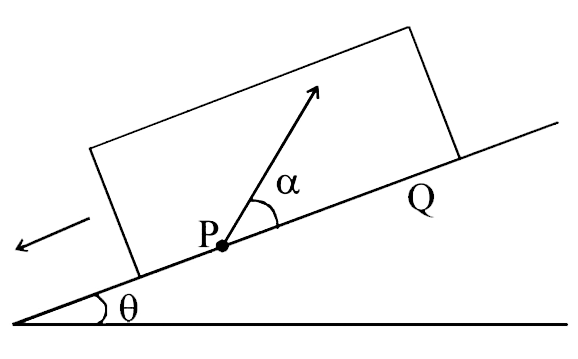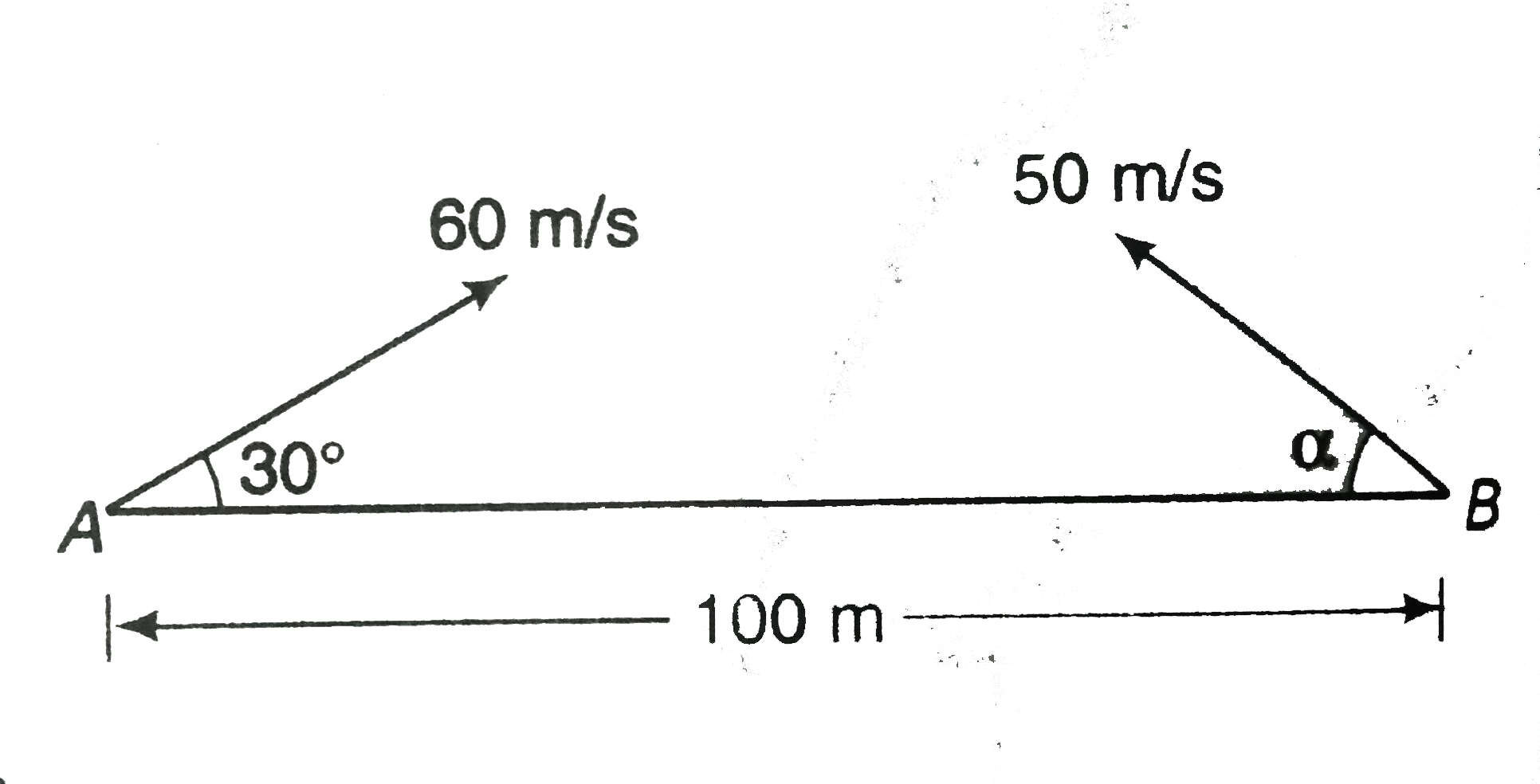The mucus produced by the goblet cells
(a) moistens the incoming air
(b) trap the fine dust particles
(c) filter out large dust particles
(d) warms the incoming air .
(I) a, b , c are correct
(2) only a is correct
(3) b and d are correct
(4) a and c are incorrect
The correct Answer is:A
To answer the question regarding the function of mucus produced by goblet cells, we can analyze each option step by step.
1. Understanding Mucus:
- Mucus is a viscous fluid produced by goblet cells, which are found in various tissues, including the respiratory tract. Its primary role is to protect and lubricate surfaces.
2. Analyzing Option (a):
- Moistens the incoming air:
- Mucus helps to humidify the air that we breathe in. As air passes through the nasal passages, it comes into contact with mucus, which adds moisture to the air.
- Conclusion: This statement is correct.
3. Analyzing Option (b):
- Traps the fine dust particles:
- The sticky nature of mucus allows it to capture and hold onto fine dust particles and other small debris present in the air.
- Conclusion: This statement is also correct.
4. Analyzing Option (c):
- Filters out large dust particles:
- Mucus can trap larger dust particles as well, preventing them from entering the respiratory system.
- Conclusion: This statement is correct too.
5. Analyzing Option (d):
- Warms the incoming air:
- While mucus does not directly warm the air, the nasal passages themselves can help to warm the air as it passes through. However, mucus primarily serves to moisten and trap particles rather than warm the air.
- Conclusion: This statement is incorrect.
6. Final Conclusion:
- Based on the analysis, options (a), (b), and (c) are correct regarding the functions of mucus produced by goblet cells, while option (d) is incorrect.
Final Answer:
The mucus produced by the goblet cells:
- (a) moistens the incoming air
- (b) traps the fine dust particles
- (c) filters out large dust particles
Thus, the correct answer is options A, B, and C are correct.
- Mucus is a viscous fluid produced by goblet cells, which are found in various tissues, including the respiratory tract. Its primary role is to protect and lubricate surfaces.
- Moistens the incoming air:
- Mucus helps to humidify the air that we breathe in. As air passes through the nasal passages, it comes into contact with mucus, which adds moisture to the air.
- Conclusion: This statement is correct.
- Traps the fine dust particles:
- The sticky nature of mucus allows it to capture and hold onto fine dust particles and other small debris present in the air.
- Conclusion: This statement is also correct.
- Filters out large dust particles:
- Mucus can trap larger dust particles as well, preventing them from entering the respiratory system.
- Conclusion: This statement is correct too.
- Warms the incoming air:
- While mucus does not directly warm the air, the nasal passages themselves can help to warm the air as it passes through. However, mucus primarily serves to moisten and trap particles rather than warm the air.
- Conclusion: This statement is incorrect.
- Based on the analysis, options (a), (b), and (c) are correct regarding the functions of mucus produced by goblet cells, while option (d) is incorrect.
The mucus produced by the goblet cells:
- (a) moistens the incoming air
- (b) traps the fine dust particles
- (c) filters out large dust particles
Topper's Solved these Questions
Similar Questions
Knowledge Check
Assertion : Mucous membrane immobilises the micro-organisms in the body.
Reason : Microoganisms and dust particles entering the respiratory tract are trapped in the mucus.AIf both assertion and reason are true and reason is the correct explanation of assertion.BIf both assertion and reason are true but reason is not the correct explanation of assertion.CIf assertin is true but reason is false.DIf both assertion and reason are false.
Blue colour of the sky is due to
a. Adsorption of light by dust particles
b. Reflection of light by dust particles
c. Scattering of light by dust particles
d. Pressure of clouds which are a colloidal dispersion of water particles in air
View SolutionNitrogen oxides produced from the emission of automobiles and power plants are the source of fine air borne particles which lead to
View SolutionAssertion:− Trachea is lined by ciliated epithelium.
Reason :− The co-ordinated movements of cilia in the trachea help in removing dust particles and some of the foreign substances inhaled alongwith atmospheric air.
View SolutionA large , heavy box is sliding without friction down a smooth plane of inclination θ . From a point P on the bottom of the box , a particle is projected inside the box . The initial speed of the particle with respect to the box is u , and the direction of projection makes an angle α with the bottom as shown in Figure .
(a) Find the distance along the bottom of the box between the point of projection p and the point Q where the particle lands . ( Assume that the particle does not hit any other surface of the box . Neglect air resistance .)
(b) If the horizontal displacement of the particle as seen by an observer on the ground is zero , find the speed of the box with respect to the ground at the instant when particle was projected .

View SolutionA large , heavy box is sliding without friction down a smooth plane of inclination θ . From a point P on the bottom of the box , a particle is projected inside the box . The initial speed of the particle with respect to the box is u , and the direction of projection makes an angle α with the bottom as shown in Figure .
(a) Find the distance along the bottom of the box between the point of projection p and the point Q where the particle lands . ( Assume that the particle does not hit any other surface of the box . Neglect air resistance .)
(b) If the horizontal displacement of the particle as seen by an observer on the ground is zero , find the speed of the box with respect to the ground at the instant when particle was projected .

View SolutionMucus cells (Goblet cells) :-
(a) Unicellular glands
(b) Multicellular glands
(c) Loosely arranged cells
(d) Dead keratinized cells
View SolutionA particle A is projected with an initial velocity of 60m/s at an angle 30∘ to the horizontal. At the same time a second particle B is projected in opposite direction with initial speed of 50m/s from a point at a distance of 100 m from A. If the particles collide in air, find (a)the angle of projection α of particle B, (b) time when the collision takes place and (c) the distance of P from A, where collision occurs. (g=10m/s2)

View Solution
